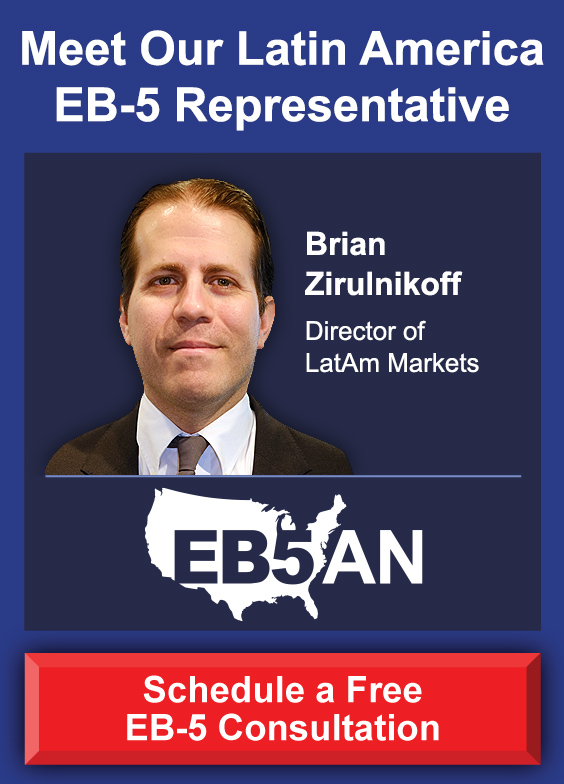
To qualify as a derivative beneficiary for EB-5 purposes, the EB-5 investor’s child must be unmarried and under the age of 21 at the time Form I-526 is filed. With the enactment of the Child Status Protection Act (CSPA) in 2002, the derivative child’s age is effectively frozen on the day the primary investor files Form I-526, and subsequently unfreezes once the I-526 petition has been approved.
To determine the age of a derivative child for immigration purposes, United States Citizenship and Immigration Services (USCIS) will take the child’s age at the time their corresponding visa number becomes available and subtract the amount of time the primary investor’s I-526 petition was pending (from the date of filing to the date of approval). The resulting figure would be considered the derivative child’s “CSPA age”. Once the I-526 petition has been approved, the derivative child must seek to acquire permanent resident status within one year of a visa becoming available.
Visa Retrogression and Aging Out
Unfortunately, time spent waiting for visa availability as a result of retrogression is not taken into consideration when calculating the derivative child’s CSPA age. Currently, only Mainland-Chinese nationals and investors from Hong Kong are affected by this. Due to significant backlog, Chinese and Hong Kong EB-5 investors are subject to final action dates and must wait until this date aligns with their I-526 petition priority date before being permitted to apply for an EB-5 visa.
For the derivative child of a Chinese or Hong Kong EB-5 investor, there is a risk of aging out if the EB-5 visa backlog is greater than the amount of time it takes USCIS to adjudicate the I-526 petition. For example, assume the derivative child of an EB-5 investor from China is 20 years old when Form I-526 is filed. The backlog is two years and it takes USCIS one year to grant approval on the principal investor’s petition. In this situation, the one-year USCIS adjudication time subtracted from the two-year backlog would leave an extra year to be added to the derivative child’s age. Thus, the child would be over 21 and therefore disqualified from immigrating with the principal applicant.









